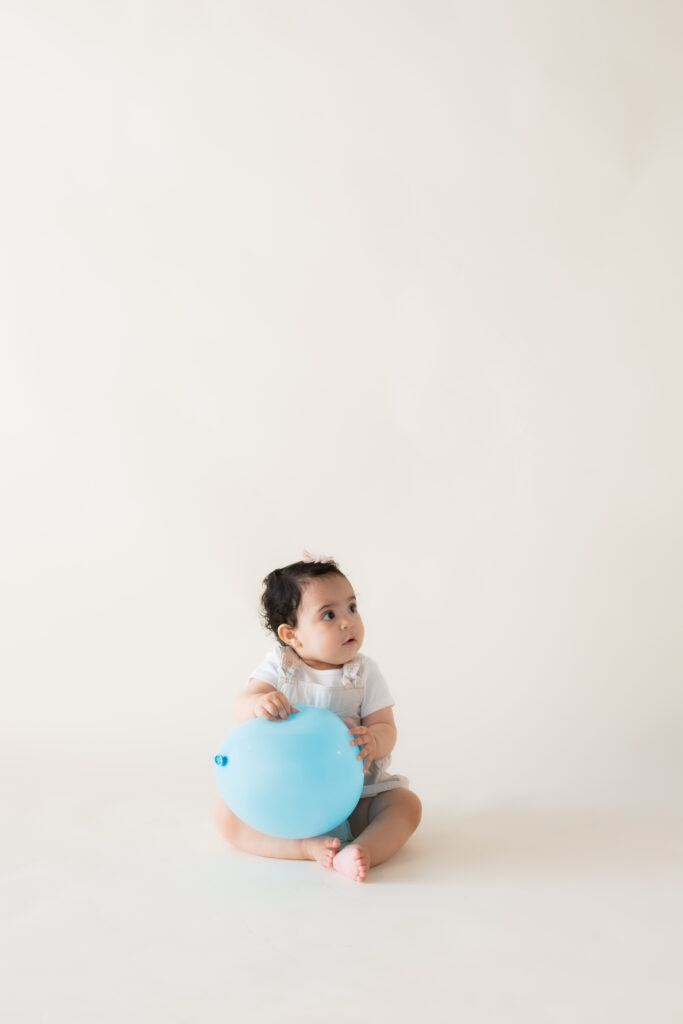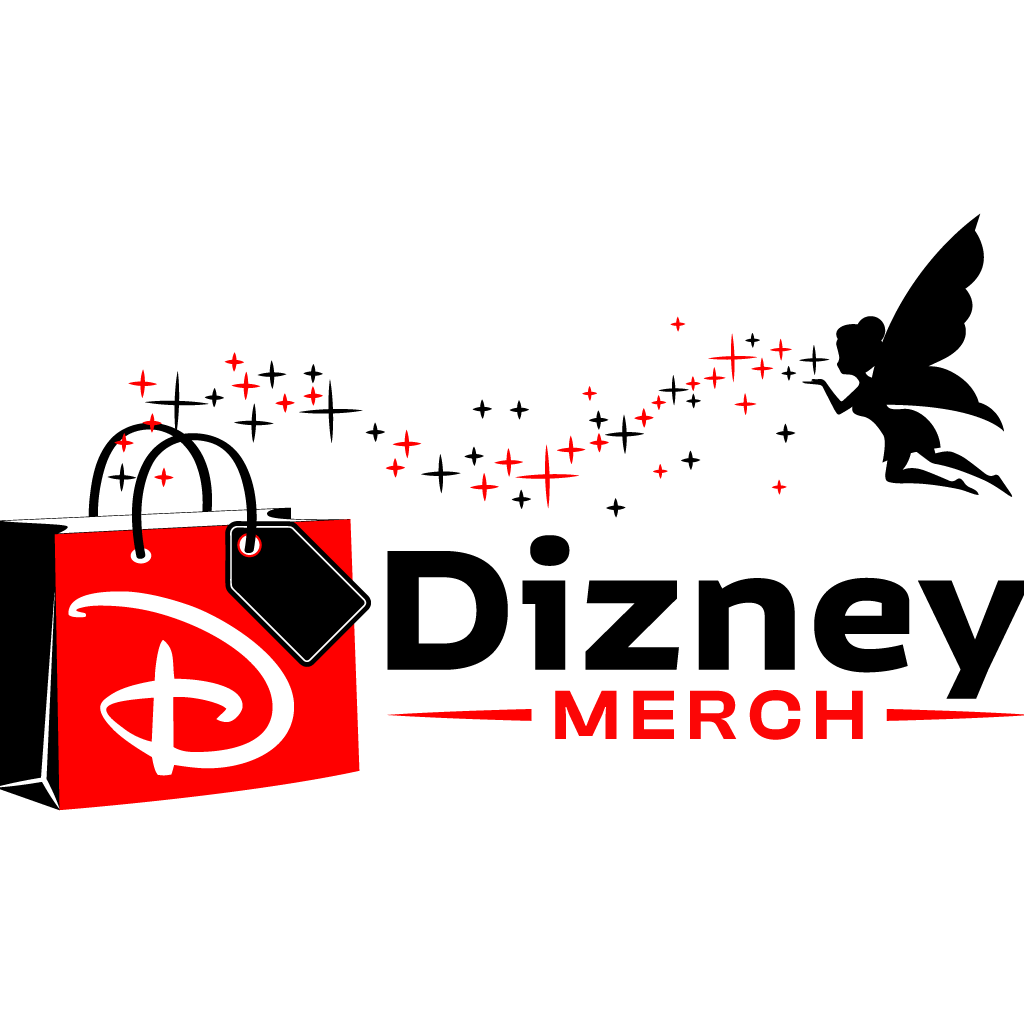Finding the perfect product for your child can be a tricky task, especially when you’re trying to gauge if it’s appropriate for their age group. This article is your guide into understanding how to determine if a certain product is suitable for children of a specific age. It tackles everything from toys and games to books and technology, offering valuable insights from experts to help you make informed decisions that cater to your child’s safety, development, and enjoyment. There’s a myriad of possibilities, so let’s get started on your journey of choosing the right product for your little one.

This image is property of images.pexels.com.
Understanding Product Age Recommendations
Navigating the world of children’s products can be a daunting task, especially when it comes to understanding product age recommendations. The age recommendations you see on product labels are not randomly assigned and have a significant purpose.
Importance of Product Age Recommendations
Age recommendations for products, especially toys, are put into place to ensure the safety of children. They provide guidance on what is considered age-appropriate for children at various stages of their development. Not all toys are suitable for all ages, and some may even pose safety risks if given to children who are too young.
Age Group Classifications Explained
Age group classifications typically adhere to common stages of a child’s development. For example, certain toys may be recommended for toddlers (1- 3 years), pre-schoolers (4 – 5 years), or school-aged kids (6 – 12 years). These classifications aim to match the complexity and safety of a product with a child’s abilities at given stages of their growth.
Evaluating Age Ratings on Toy Packaging
Understanding the age ratings on toy packaging is essential for picking out suitable toys for children of different age groups.
Meaning of Age Ratings
Age ratings on toys indicate the appropriate age group for that particular toy, based on factors like safety, required motor skills, cognitive capabilities, and the child’s interests. For instance, a toy labelled ‘3+’ is recommended for children who are three years or older.
Understanding the ‘Not Suitable for Children Under…’ Warning
The ‘Not Suitable for Children Under…’ warning typically signifies that a product contains small parts or other elements that might pose a choking hazard or other risks to younger children. This is common in toys that contain small accessories or require intricate handling.
Age Grading vs Skill Level
While age grading implies suitability for a certain age group, skill level denotes the complexity of the toy and the capabilities needed to use it. A product might be age-appropriate, but not suitable for a child’s skill level. Therefore, it’s important to balance both when selecting toys.
Importance of Developmental Stages
Children’s toys serve more than just an entertainment purpose; they can also play a significant role in the developmental process.
The Role of Child Development in Toy Selection
Toys can be essential tools in a child’s development, helping to improve physical coordination, cognitive abilities, creative thinking, and social skills. Choosing toys that align with your child’s developmental stage can foster their growth and nurture their abilities.
Matching Toys to Developmental Milestones
Each developmental stage comes with its own set of milestones, and the right toys can support children in achieving them. For instance, building blocks can help toddlers with hand-eye coordination, while board games can develop a school-aged child’s cognitive skills.
Understanding Age-Appropriate Play
Age-appropriate play takes into consideration a child’s developmental stage and interests. It ensures children are engaged in activities that are not only safe and suitable for their age but also stimulating and enjoyable.
Identifying Safety Features in Kids’ Products
Children’s safety is of utmost importance when selecting products. Recognizing safety features and warnings can ensure your child’s wellbeing.
Choking Hazard Warnings
Choking hazard warnings are commonly found on toys that contain small parts. It serves as an alert that these toys should not be given to children under a certain age or those who still tend to put toys in their mouth.
Other Safety Labels to Look Out For
Apart from choking hazards, watch out for other safety labels like ‘non-toxic’ on art supplies and ‘flame retardant’ on clothing. Always take the time to read the label and understand what it signifies.
Ensuring Structural Safety of The Product
Ensure the structural safety of the product: check for any pointy edges, loose parts, long cords, or anything else that may pose a danger. The product must be durable and not break easily into small pieces.

This image is property of images.pexels.com.
The Role of Parental Discretion
While age recommendations provide a great starting point, parental discretion and understanding of their child’s individual capabilities also play a part in product selection.
Knowing Your Child’s Abilities
No two children are the same, and what’s appropriate for one child may not be for another of the same age. Getting to know your child’s abilities – both physical and cognitive – can help tailor product choices to individual needs.
Stepping Above or Below Age Recommendations
Sometimes, parents might find it necessary to step above or below age recommendations. This is acceptable as long as parents closely monitor play to ensure safety, especially when giving older children’s toys to younger ones.
Promoting Safe Use Regardless of Age Appropriateness
No matter the age appropriateness of the toy, promoting safe use is key. Always supervise young children during play and teach older children how to safely handle their toys.
Considering the Educational Value of Products
Products for children can be both fun and educational, aiding in their learning journey.
Selecting Educational Toys for Different Ages
From puzzles and blocks for toddlers, to science kits and educational software for older kids, products with an educational slant can broaden their knowledge while keeping them engaged.
Role of Age-Appropriate Learning Tools
Learning tools that are age-appropriate can enhance the educational value of play time. They can support learning in areas such as numeracy, literacy, motor skills, problem-solving, and more.
Balancing Fun and Learning in Product Selection
The best children’s products balance fun with learning. While it’s important for a toy to be educational, remember that it should also keep your child interested and entertained.

This image is property of images.pexels.com.
Coordinating Interests with Age Appropriateness
The child’s interests are a key factor to consider while selecting products to ensure they are engaged and encouraged in their pursuit.
Identifying Your Child’s Interests
Is your child into dinosaurs, cars, puzzles or dolls? Identifying their interests can guide you in selecting products that your child will love and benefit from.
Aligning Interests with Suitable Products
Once you know your child’s interests, aim to find suitable products that match these preferences and are also age appropriate and safe.
Helping Children Grow with Their Interests
Products matching your child’s interests can fuel their curiosity and encourage them to learn and grow. Whether it be art supplies for a budding artist or a telescope for a young astronomer, nurturing these interests can be incredibly beneficial for their development.
Impact of Social Skills on Product Selection
Social skills play a vital role in a child’s growth, and the right products can foster these essential skills.
Influence of Social Development on Toy Choice
Social development influences toy choices considerably. Games that encourage interaction can be a fantastic tool to improve a child’s social skills and understanding of sharing and teamwork.
Choosing Toys for Group Play by Age
Some toys are better suited for group play and can be an excellent way to foster social interaction. When choosing such toys, ensure they are suitable for the child’s age and abilities.
Promoting Social Skills Through Age-Appropriate Products
Choosing age-appropriate products that also promote social interaction can help a child build friendships, resolve conflicts, and better understand the world around them.
Inviting Child’s Feedback
While adults typically make final product decisions, involving children in the process can encourage independence and decision-making skills.
Involving Children in Product Selection Process
Involving children in the product selection process can empower them and make them feel valued. You can discuss the importance of safety and age-suitability and help guide their decisions.
Balancing Child’s Preferences and Safety Measures
While a child’s preferences are important, always balance these with safety measures. It’s crucial to explain why some products aren’t suitable and help them understand the importance of safety.
Encouraging Children to Assess Product‘s Suitability With Their Age
Encourage your child to think about whether a product is suitable for their age. This can not only help them make informed decisions but also foster a sense of responsibility.
Seeking Expert Advice
Guidance from experts can be invaluable when navigating the vast marketplace of children’s products.
Role of Pediatricians in Product Selection
Pediatricians, with their extensive knowledge of child growth and development, can provide valuable advice about age-appropriate toys and products.
Relying on Childhood Education Experts
Childhood education experts can recommend products based on educational value and alignment with curriculum and developmental milestones.
Leveraging Online Resources and Reviews
Online resources and reviews from other parents can be a valuable tool in assessing a product’s suitability. However, remember to always take online advice with a grain of salt and make decisions based on your child and your family’s needs.
Remember, while the guidance provided by age recommendations is highly beneficial, these are generalized suggestions. It is important to consider your child’s individual interests, skills, and developmental stages when choosing products. Always ensure safety precautions are adhered to, and prioritize the balance of fun, learning, and development.

